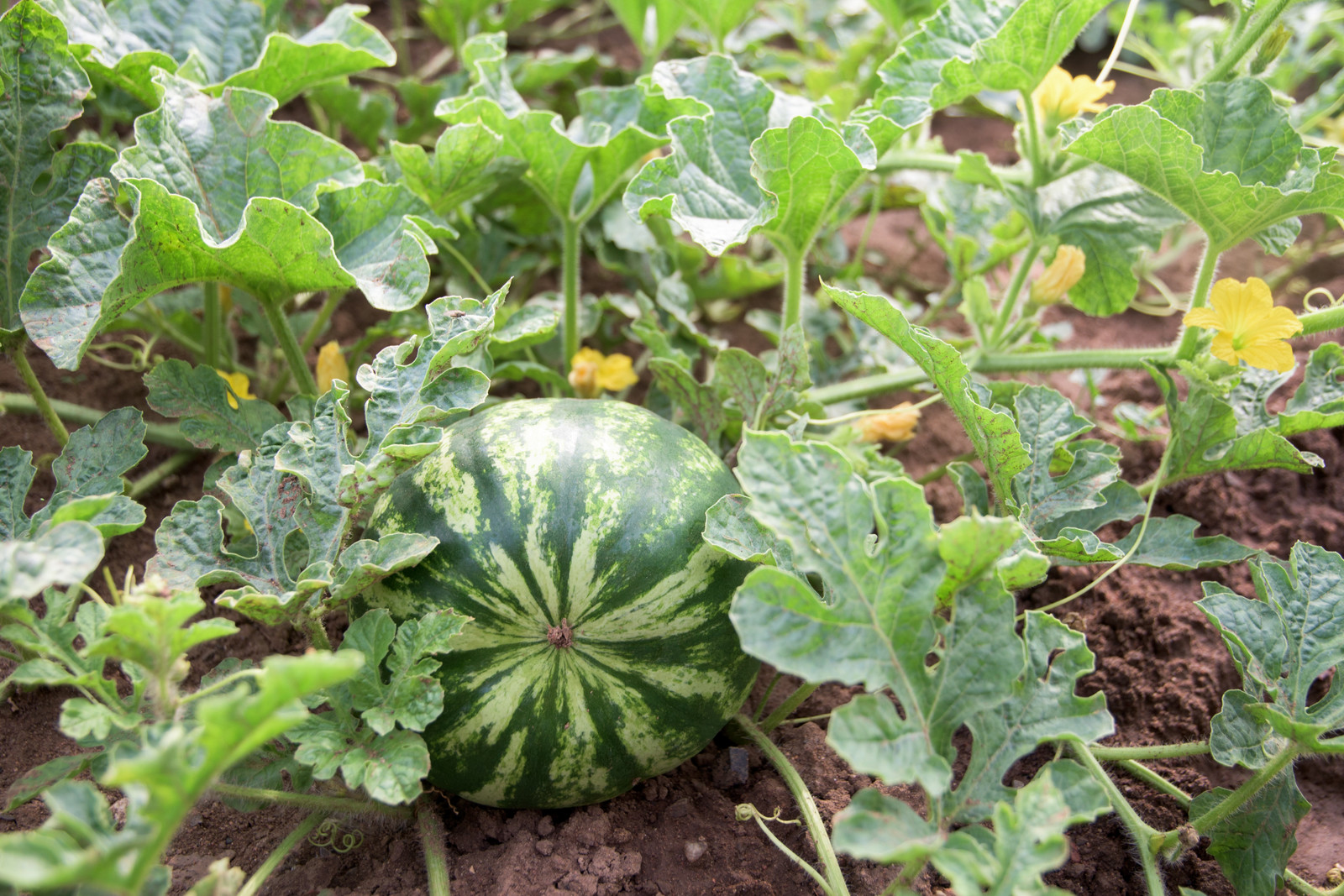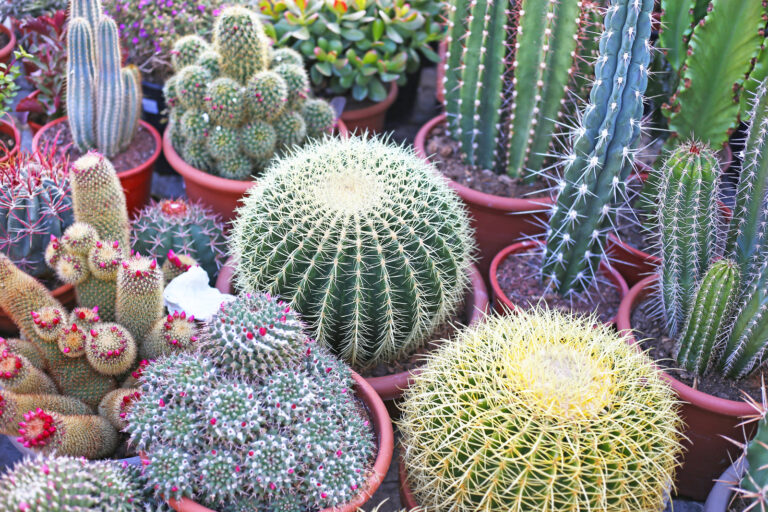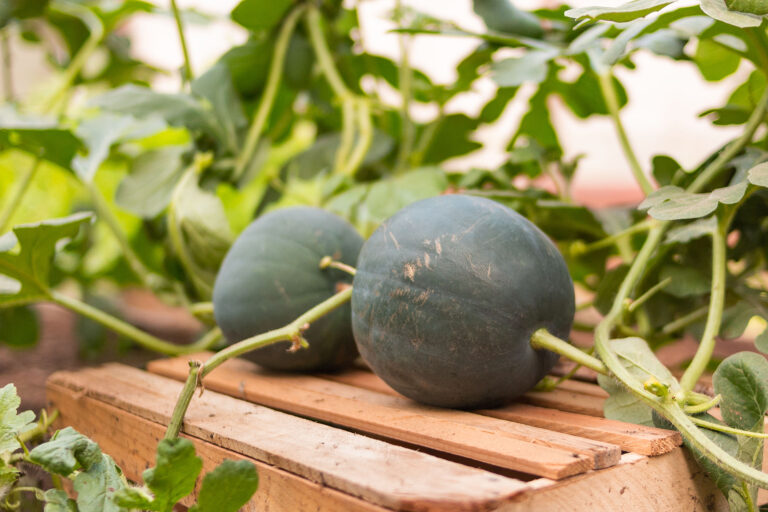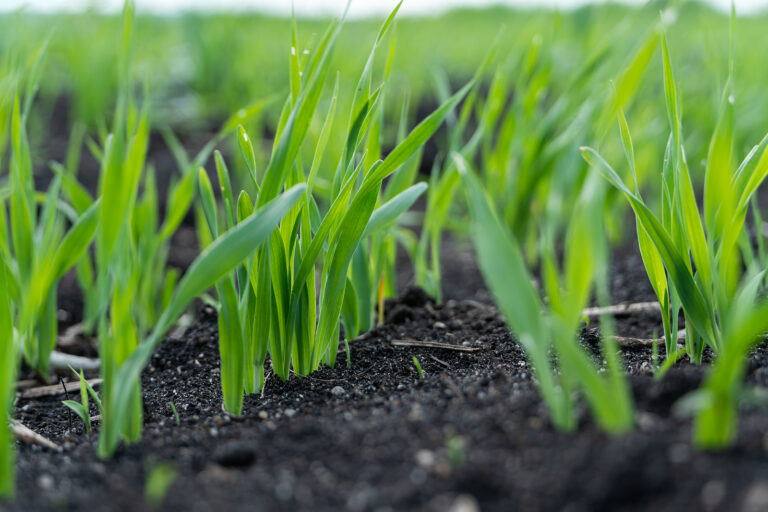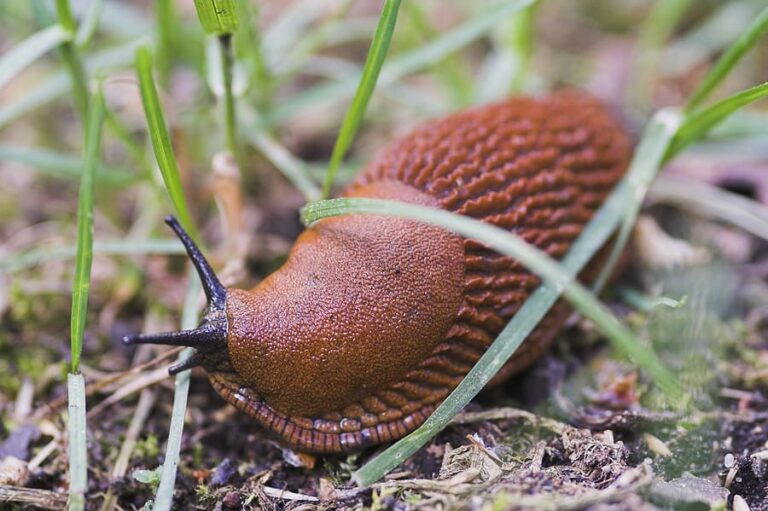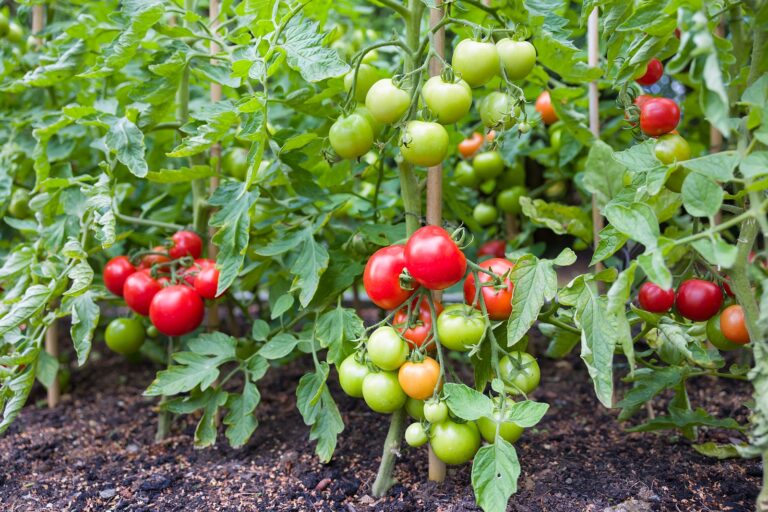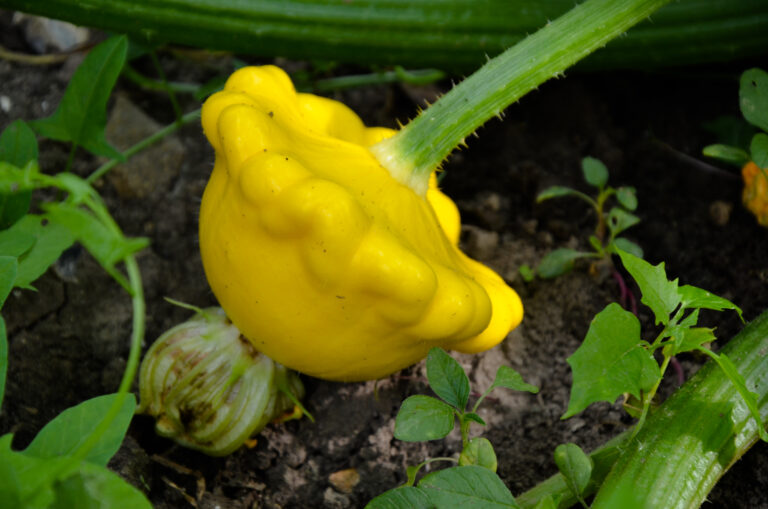Watermelon Temperature Needs: Warmth, Frost, and Growth Milestones
As a gardener who has grown watermelons in both short and long growing seasons for over 30 years, I can tell you this: temperature is everything when it comes to watermelons. These tropical fruits thrive in heat—and they’ll sulk or even fail if it’s too cool at any point in their growth cycle.
Whether you’re starting seeds, transplanting, or tending maturing fruits, here’s what you need to know about watermelon temperature requirements to grow a successful crop.
Minimum Temperature Requirements for Watermelons
Watermelons should only be planted when soil and air temperatures are consistently warm:
- Soil temperature: At least 70°F (21°C) for seed germination
- Daytime air temperature: 70–85°F (21–29°C)
- Nighttime air temperature: Above 60°F (16°C)
I’ve learned the hard way that if watermelons are exposed to cool soil or cold nights early on, they’ll stall or rot. Use a soil thermometer to be sure your planting bed has warmed sufficiently, and consider using black plastic mulch or fabric row covers to trap heat in early spring.
Germination and Early Growth Temperatures
Watermelon seeds germinate best when soil is 75–95°F (24–35°C)—in my garden, I usually get the fastest and most reliable germination around 85°F (29°C) using bottom heat mats for indoor starts.
Once germinated, watermelon seedlings will thrive in warm indoor conditions but must be hardened off gradually before transplanting outdoors to avoid transplant shock. I wait to transplant until both soil and nighttime air temperatures hold steady above 65°F (18°C).
Growth and Flowering Milestones
After transplanting or direct seeding:
- Vine growth begins vigorously around 75–85°F (24–29°C)
- Flowering and pollination thrive in warm, stable weather; cool snaps can delay fruit set
- Fruit development is fastest and sweetest when temperatures range between 80–90°F (27–32°C) during the day and 65–70°F (18–21°C) at night
In my warm Sonoma Valley garden, watermelons reach full ripeness within 75 to 90 days from seeding—sometimes faster in raised beds with full sun and great drainage.
Frost and Cold Protection
Watermelons are extremely frost-sensitive. Even a light frost can kill vines or stunt young seedlings permanently. If a surprise cold front or late frost is forecast:
- Cover plants with floating row covers, cold frames, or cloches
- Use straw mulch to insulate the root zone
- Avoid watering just before a cold night; damp soil can hold chill
If you’re gardening in a short-season region, use techniques like starting indoors, using black plastic mulch, or growing smaller, early-maturing varieties to beat the frost clock.
In Summary
Watermelons are heat-lovers through and through. To grow your best crop:
- Wait until soil is at least 70°F before planting
- Keep night temps above 60°F
- Protect plants if temps drop
- Aim for consistent warmth from seeding through harvest
With the right timing and some smart protection, even gardeners in cooler climates can enjoy sweet, homegrown watermelon.
Watermelons Overview Post:
How to Grow Watermelons from Seed to Harvest: Ultimate Guide for Sweet, Juicy Success
Melons Overview: The Ultimate Guide to Growing Melons: From Planting to Harvest
Related Posts:
Starting Watermelons Right
- When and How to Start Watermelons: A Seed-Starting Guide
- Watermelon Temperature Needs: Warmth, Frost, and Growth Milestones
- Soil Prep and Mulching Tips for Healthy Watermelons
Planting & Space Planning
- How Much Space Do Watermelons Need?
- Growing Watermelons in Containers: Tips for Small Gardens
- Growing Watermelons Vertically: Tips for Small Gardens
- Companion Planting for Watermelons: What Works and What Doesn’t
Watermelon Care Through the Season
- Caring for Watermelon Plants Through the Season
- Watering Watermelons: How Much and How Often
- How to Feed Watermelons: Fertilizer Schedules and Organic Options
- Watermelon Pollination Tips: Helping Watermelons Set Fruit
Dealing with Pests and Diseases
Knowing When to Harvest
Choosing the Right Varieties
- Watermelon Varieties by Size: From Personal Melons to Giants
- Top Watermelon Varieties for Short Growing Seasons
- Best Long Vine Watermelons for Large Gardens
- Best Watermelon Varieties for Small Spaces (Bush & Short Vines)
- How to Grow Seedless Watermelons Successfully
Enjoying the Harvest

